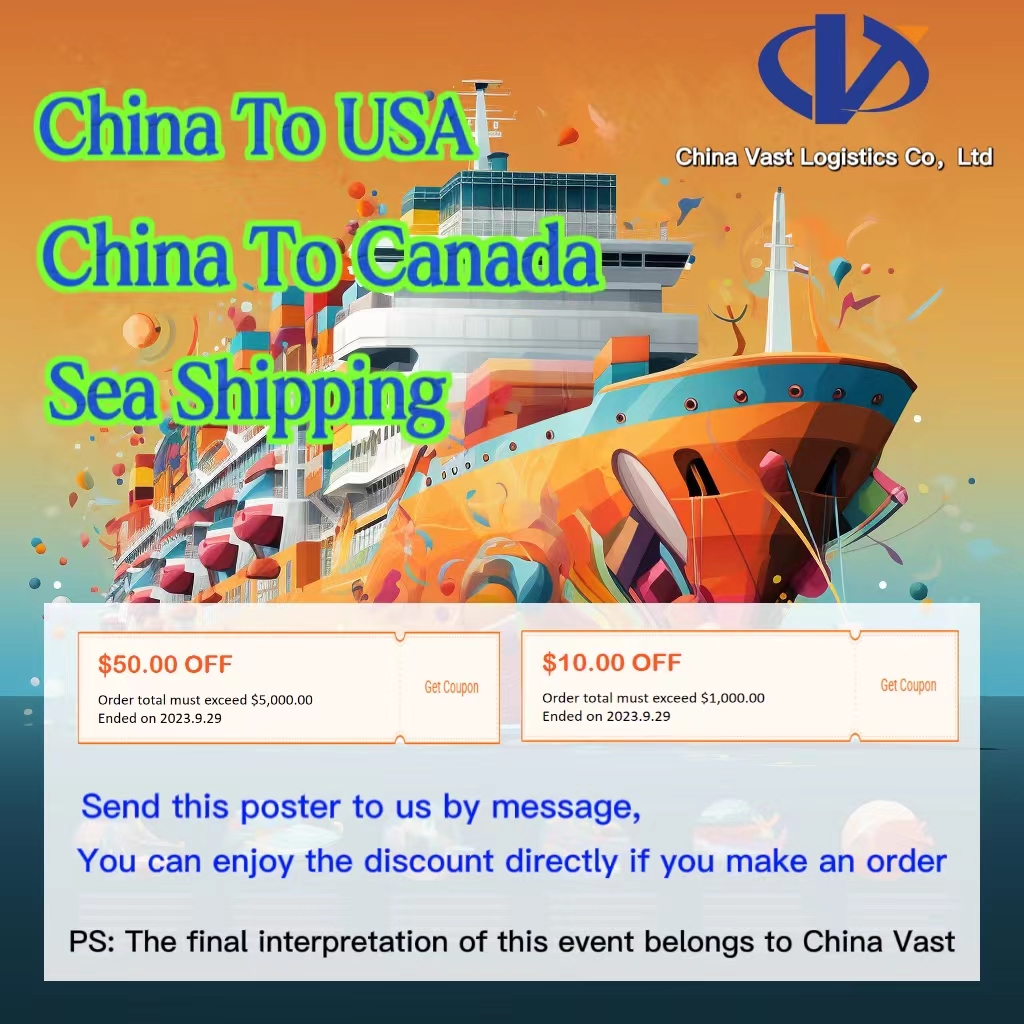An ocean bill of lading (B/L) usually includes three main parties: the Shipper, the Consignee, and the Notify Party. So, is it mandatory for the Consignee and the Notify Party to be the same person or company?
First, the Consignee is the final recipient of the goods stated in the B/L and the owner of the goods’ title. After the goods arrive at the port, the Consignee is typically responsible for a series of procedures such as customs clearance, payment, etc., and ultimately takes delivery of the goods.
Second, the Notify Party sometimes coincides with the Consignee. For example, if the Notify Party section indicates “the same as consignee,” the Consignee will receive the relevant information about the goods’ arrival and take delivery of the goods at the same time. However, in many cases, the Notify Party is a freight forwarder, which is different from the Consignee. In such cases, the freight forwarder receives the relevant information about the goods’ arrival, promptly relays it to the Consignee, and also coordinates logistics arrangements.
It is evident that the Consignee and the Notify Party on the B/L are not required to be identical. It’s similar to this scenario: you buy something online, but since you’re busy with work during the day and may not have time to answer the courier’s call, you fill in your mother’s phone number. At this time, the Consignee (you) and the Notify Party (your mother) are different.

